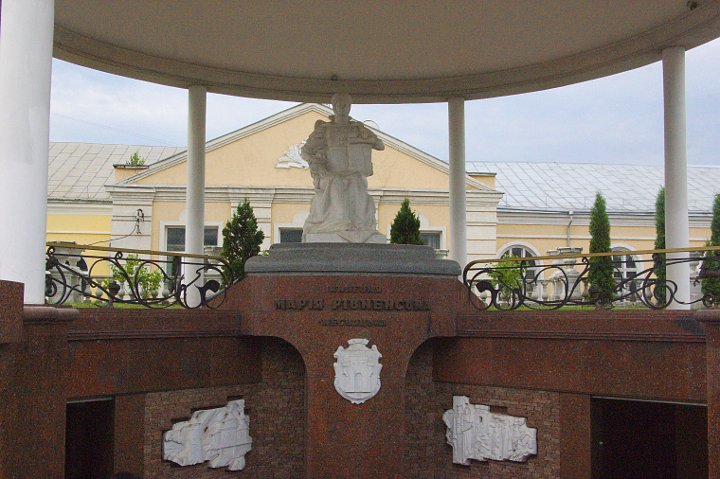
Where to go: Rivne-Peresopnytsia
You should take with you:
- - map of Rivne (possibly old);
- - the mood to walk through museums;
- - readiness to witness sensational archeological finds;
- - desire to ascend to the ancient Russian fortress (and descend from there);
- - ten hryvnias.
A woman won the Magdeburg right for Rivne. She built a wooden castle on one of the islands of a flooded but calm river. A church was built nearby. The temple at that place is still there. Two centuries later, a palace appeared in Rivne. He also stood on the island and drowned in the gardens. They lived in it luxuriously: not a day passed without receptions for nobles, music and dances. Among the owners of the palace were the military and diplomats, writers and musicians, spendthrifts and intriguers. Their family owned the city for almost 200 years. Some buildings, street names and stories of guides remind of it now.
And just 30 kilometers from Rivne there is a place where antiquities are found just underfoot. The village of Peresopnytsia, which has a bright history, keeps many secrets of ancient times. Here they found the prince's mace, which may have belonged to Yuri Dolgoruky, rings, bracelets in the form of a snake and a lunnitsa, which were worn by medieval beauties. So if you are interested in seeing the ancient Russian fortress (or rather, its copy), the estate of the prince's voivode, hear the story of the mysterious burial of a man and woman of the twelfth century, found in Peresopnytsia, and want to know why the symbol of Rivne is the entrance gate with three arches. and if 300 years ago they could have planted a giant park in just one day, then this route is just for you.
